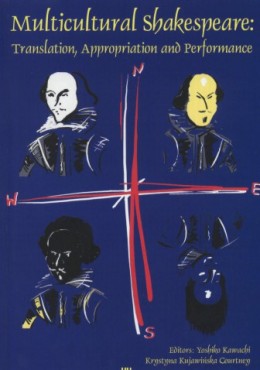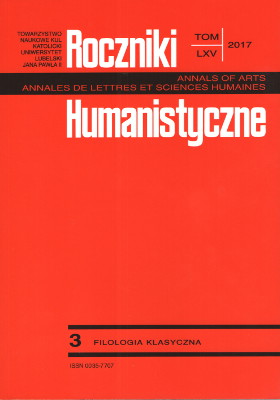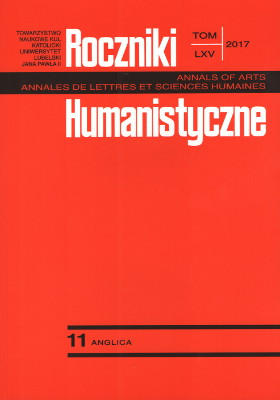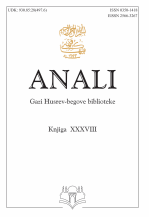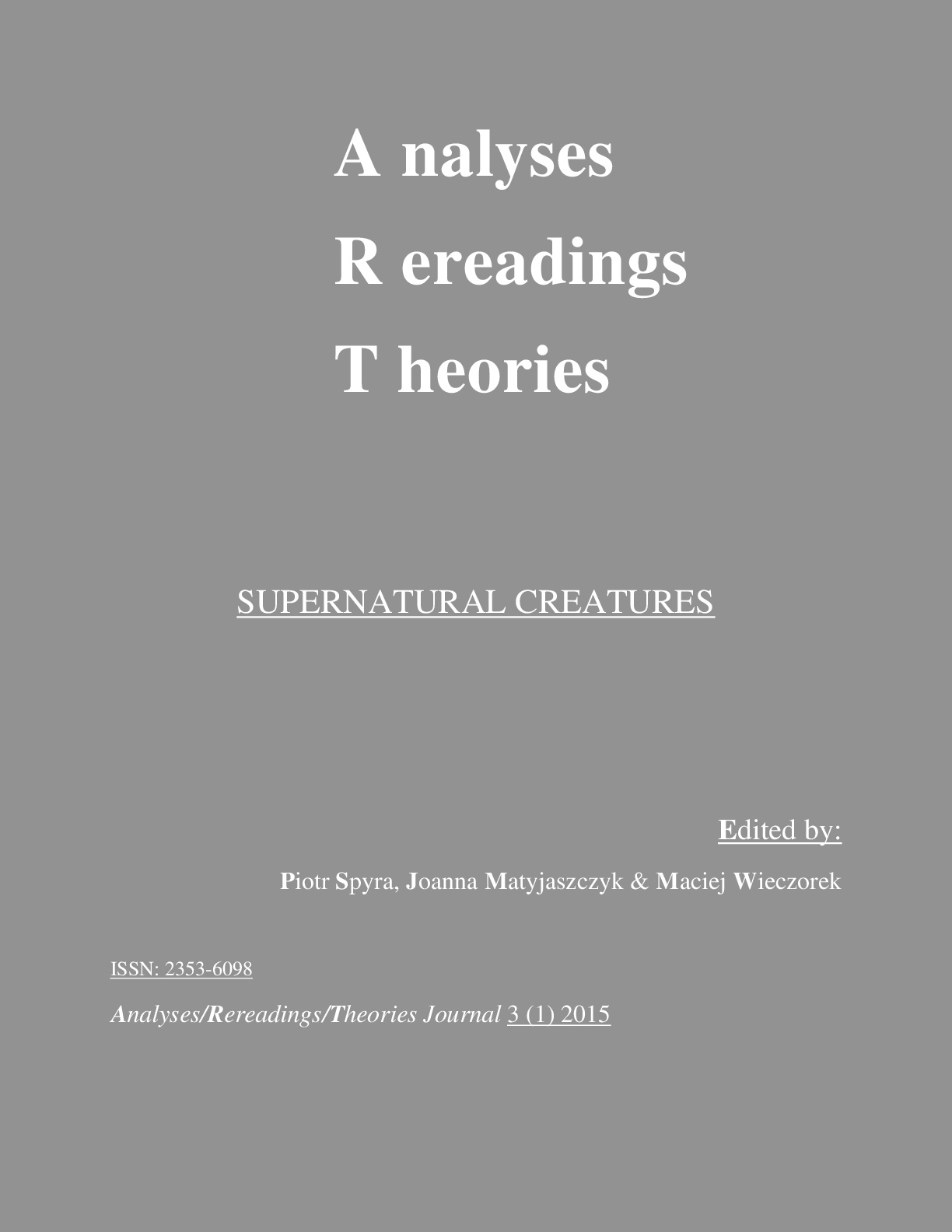Author(s): Jarosław Nowaszczuk / Language(s): Polish
Issue: 3/2017
The body of epigrams authored by Jesuit poets of the sixteenth and seventeenth centuries comprise many texts with Mary Magdalene as a character. They were written by representatives of a few generations of authors, regardless of their origins. Such texts can also be found in the work of the most remarkable authors, including – to mention only a few – Bernardus Bauhusius, Franciscus Remondus, Matthias Casimirus Sarbiewski, Petrus Alois, Petrus Iustus Sautel and many others. A revival of interest in supernatural mediators came after the Council of Trent, particularly following the publication of On the Invocation, Veneration, and Relics of Saints, and on Sacred Images (De invocatione, veneratione et reliquis sanctorum et sacris imaginibus) and the Roman Martyrology (Martyrologium Romanum). The saints glorified in poetry are mainly representatives of modern times, including the Society of Jesus (Societas Iesu) itself. The biblical character of Mary Magdalene has a special place among these “modern” characters.An analysis of Latin collections of epigrams published in print indicates a tendency to produce poetic cycles or to arrange poems according to a particular central rule, especially the chronology of the events in biographical entries on the saint. Such epigrams were written predominantly in the late Renaissance and early baroque, with not so many in the second half of the 17th century. It seems that reading tastes and habits changed considerably during that period. Short texts with blunt conclusions became popular. The themes from previous texts dedicated to Mary Magdalene, such as earthly love versus supernatural love, crying and the fire of love, found their way into other literary genres. However, this ‘migration’ phenomenon has not been explained to this day. As a matter of conjecture, the transition of artistically sublime motifs into lyrical forms may have been strongly influenced by the theory of concepts. After all, it must be admitted that epigrams honouring Mary Magdalene paint a clear picture of the predominant cultural trends in the Renaissance and baroque times and testify to the literary preferences and literary theory of those days.
More...
